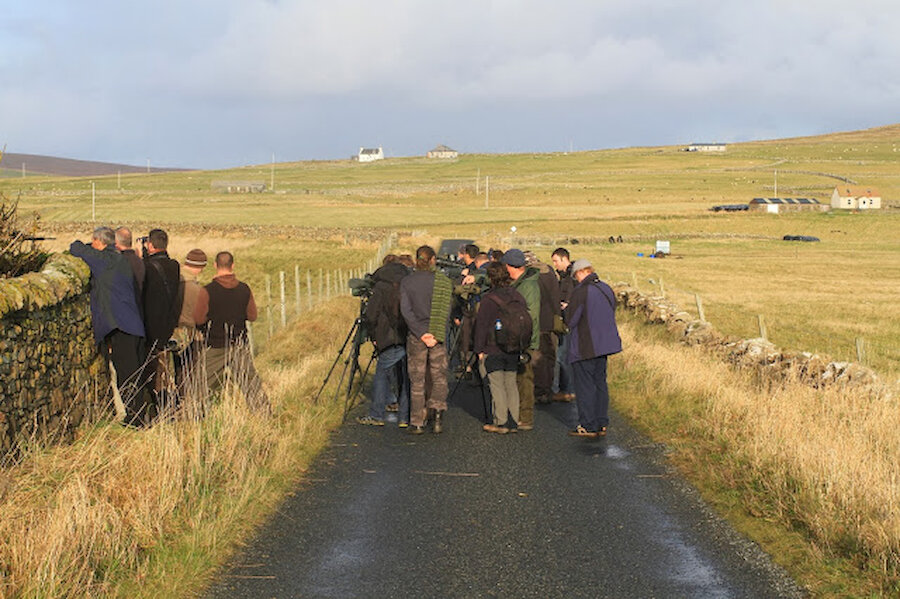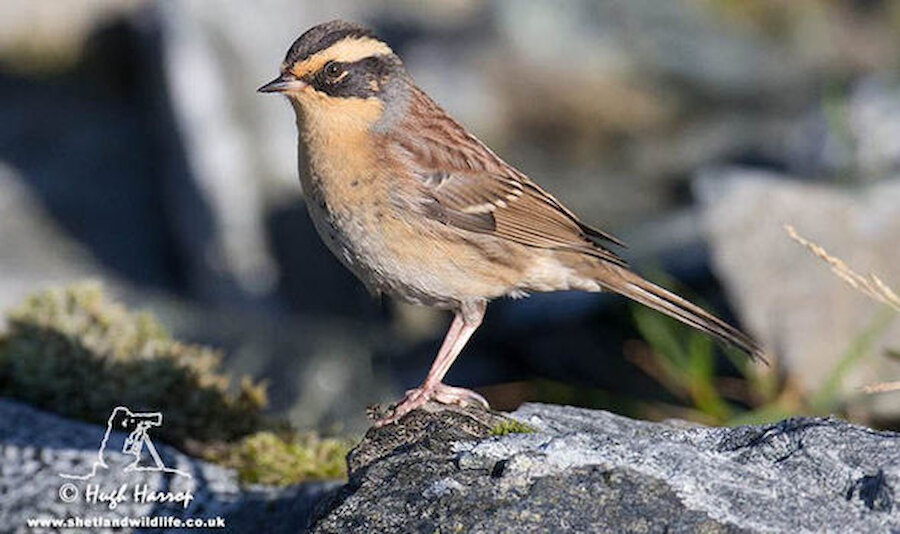It has been the time of birds, the coming - or rather the briefly stopping off, for the most part - of migrant species from the north, fleeing winter as they head to warmer climes.
And the coming, too of the birdwatchers. Some of them affectionately known as ‘twitchers’, a term usually reserved for those in search of rare birds to add to their ‘life lists’. Where did it come from, this word? The general excitement of those who find a rarity may be the answer, though the person who suggested that it was their inability to focus binoculars due to trembling hands may just have been trying for a little sarcasm.
Most of the birdwatchers who come to Shetland for the autumn birding season are well-rounded, delightful folk as much interested in the islands, its people, culture and other wildlife as in any feathered acquaintances they may make. The truth is, nearly everyone in Shetland is a birdwatcher, takes a keen interest in the wildlife around them. Binoculars are only most windowsills. And that’s ‘most windowsills’ in any given house. Well, anyway, there are four or five and a telescope in ours. You never know what you might want to look at more closely.



